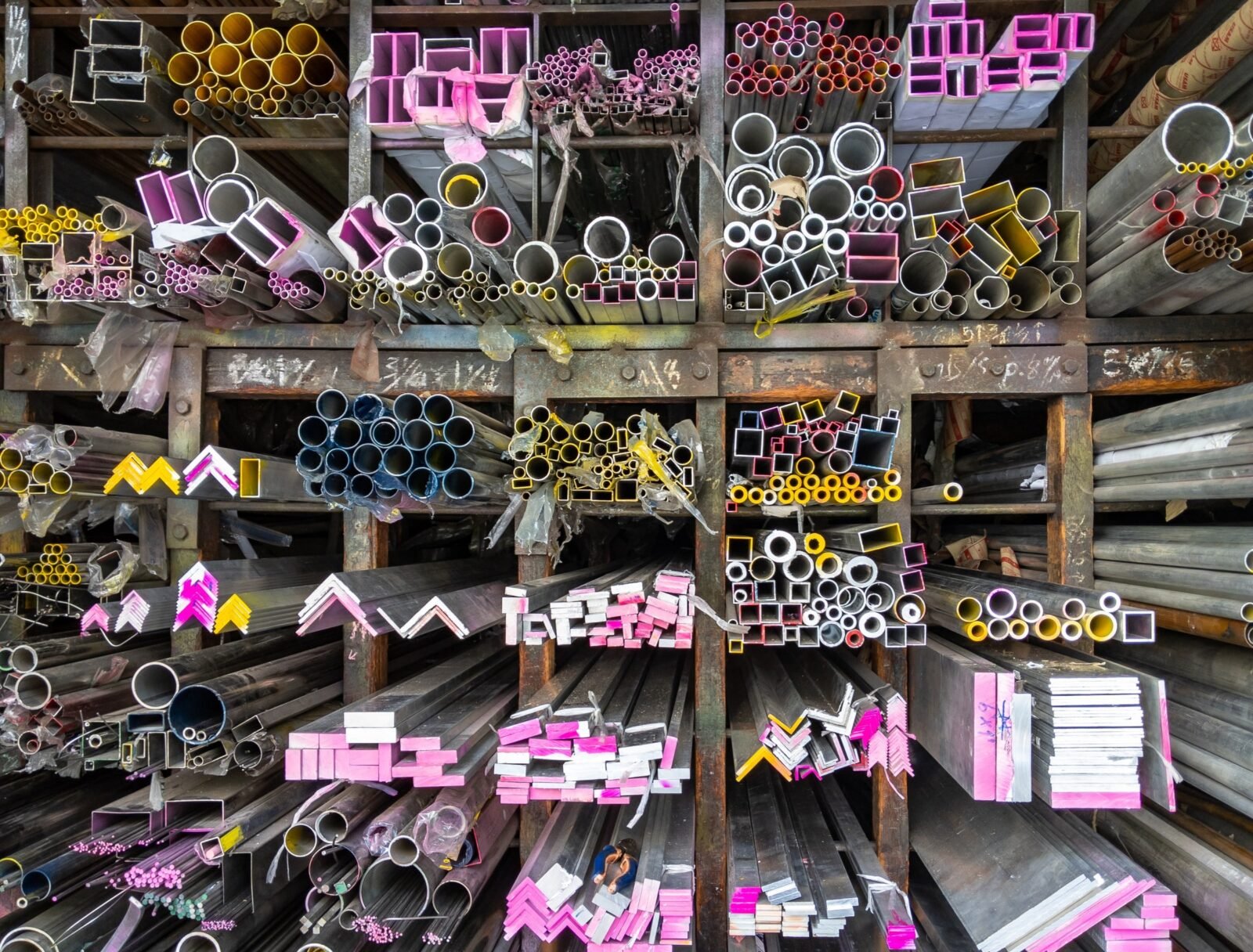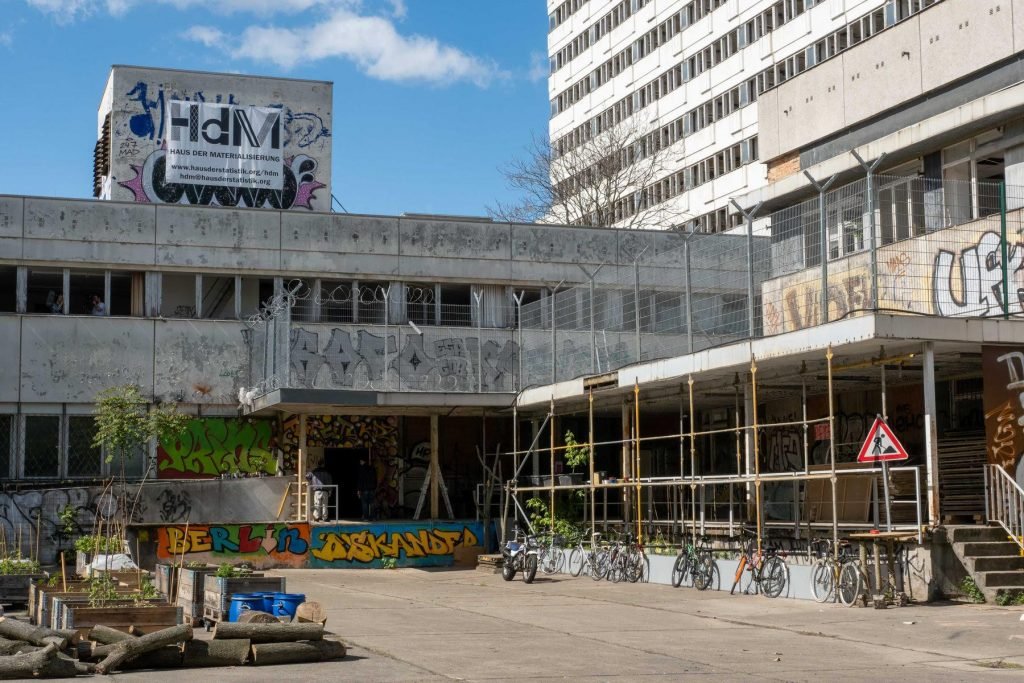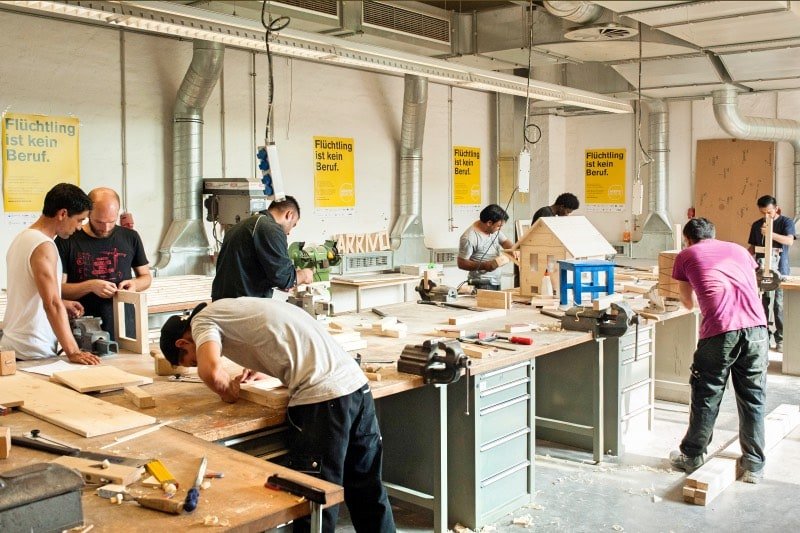Berlin’s House of Materialisation Is the Circular Economy’s Answer to a Hardware Store

Build and create sustainably with used materials from Berlin's circular hardware store, Haus der Materialisierung (HdM), created in collaboration with designers, makers and researchers to create a lasting solution to construction waste.
Upcycling, often of old furniture, wooden pallets or industrial materials, has been popular for some years with many “hipster” public spaces, restaurants and cafes recycling old materials in their construction or interior design. Yet consumer access to these markets and used materials is underdeveloped and often perfectly good surplus or used materials go unused because of a lack of investment and infrastructure in this market. It’s simply much easier to nip down to the hardware store and pick up the new, unused materials you need. This gap is one that the circular economy approach of the House of Materialisation aims to close.

The House of Materialisation in Berlin brings together over 15 initiatives including exchange hubs, markets, creatives and makers, workshops and research institutes to bridge this gap and bring used and reusable materials to the makers. The organisation aims to create a framework in which used materials are put back into the construction and creative economy, the efficacy and sustainability of reusing materials is measured, and in which the local community is united and educated in workshops and activities to create a sustainable community of makers.

Already the HdM spaces include wood, textile, metal and light technology workshops, a repair cafe, cargo bike hire and used material market and rental shop. Working towards a goal of being zero-waste, HdM creates a circular economy of hardware materials and tools while offering the spaces and building the knowledge to put these materials to good use in new and creative ways. This is just one way that creatives, makers and constructors are venturing into the circular economy with makerspaces and tool libraries appearing all over the world, but, from discarded working tools to binned surplus materials, the waste associated with construction goes unnoticed to many. The economy built in Berlin by the House of Materialisation puts discarded materials back into circulation and, eventually, uses and creates a framework that can be applied in new contexts to avoid waste in the first instance.



